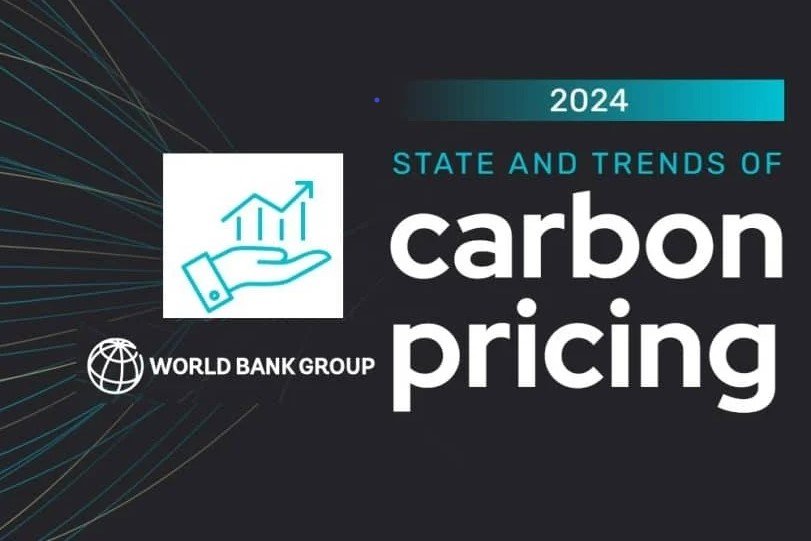Business
Global Carbon Pricing Revenues Reach Record $100 Billion

Carbon pricing revenues reached a record $104 billion in 2023 , according to the World Bank’s annual “State and Trends of Carbon Pricing 2024” report recently released.
There are now 75 carbon pricing instruments in operation worldwide. Over half of the collected revenue was used to fund climate and nature-related programmes, a report by the World Bank has indicated.
“Carbon pricing can be one of the most powerful tools to help countries reduce emissions. That’s why it is good to see these instruments expand to new sectors, become more adaptable and complement other measures,” said Axel van Trotsenburg, World Bank Senior Managing Director.
“This report can help expand the knowledge base for policymakers to understand what is working and why both coverage and pricing need to go up for emissions to go down”, he added.
READ ALSO Environmentalist, Social Commentator, Raises Alarm Over Devastating Flooding At Iju-Ishaga
The World Bank has been tracking carbon markets for around two decades and this is it’s eleventh annual carbon pricing report. When the first report was released, carbon taxes and Emission Trading Systems (ETS) covered only 7% of the world’s emissions. According to the 2024 report, 24% of global emissions are now covered.
The report quotes findings showing that large middle-income countries including Brazil, India, Chile, Colombia, and Türkiye are making strides in carbon pricing implementation.
While traditional sectors like power and industry continue to dominate, carbon pricing is increasingly being considered in new sectors such as aviation, shipping and waste. The EU’s Carbon Border Adjustment Mechanism, currently in a transitional phase, is also encouraging governments to consider carbon pricing for sectors such iron and steel, aluminum, cement, fertilizers, and electricity.
Governments are also increasingly using carbon crediting frameworks to attract more finance through voluntary carbon markets and facilitate participation in international compliance markets.
Despite record revenues and growth, global carbon price coverage and levels remain too low to meet the Paris Agreement goals.
READ ALSO NATURE: Stakeholders Lament Ecosystem, Environment Abuse
Currently, less than 1% of global greenhouse emissions are covered by a direct carbon price at or above the range recommended by the High-level Commission on Carbon Prices to limit temperature rise to well below 2ºC.
The report notes that closing the implementation gap between countries’ climate commitments and policies will require much greater political commitment.



























